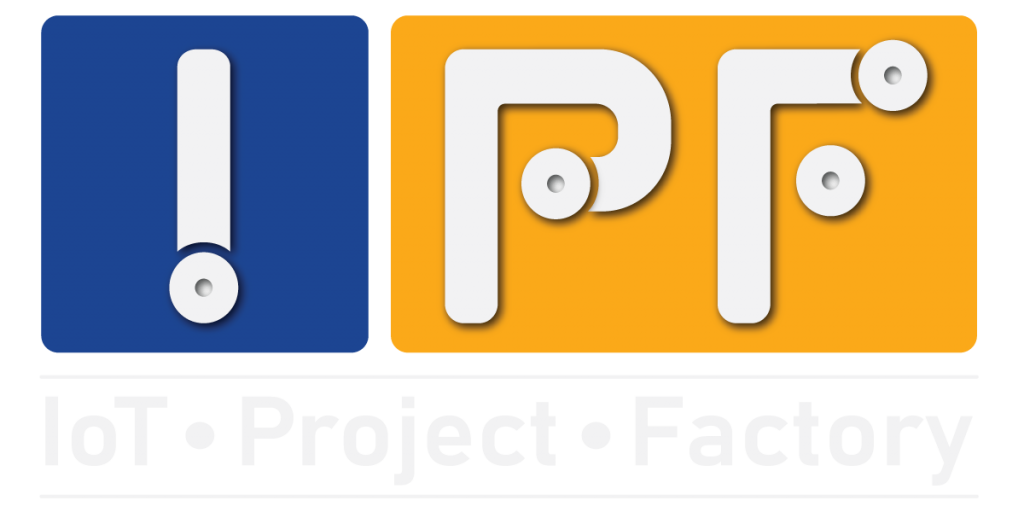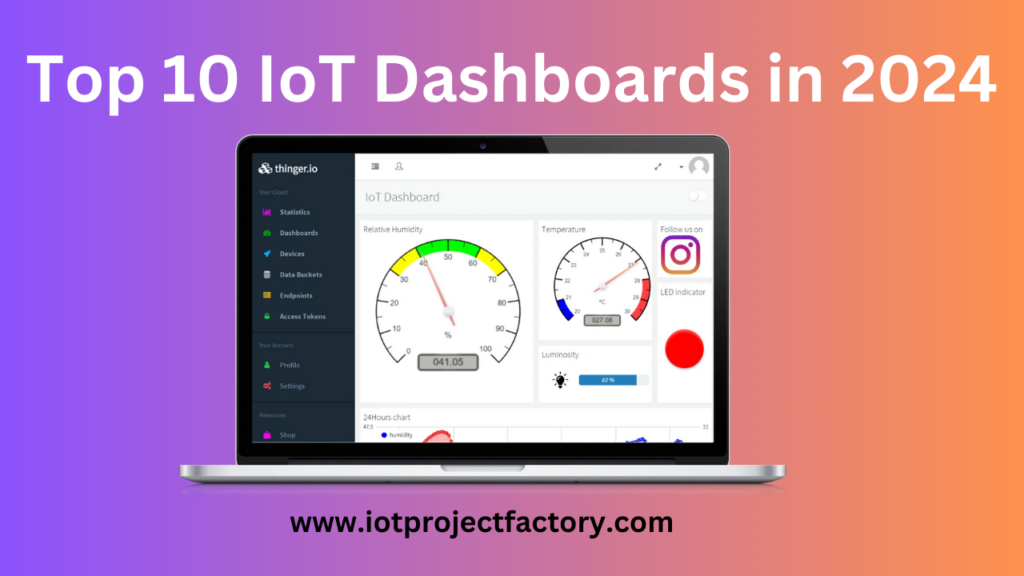The Internet of Things (IoT) has revolutionized the way we interact with technology, providing real-time data and insights that can drive decision-making across various industries. An essential component of IoT systems is the dashboard, which allows users to visualize and manage data from connected devices. In this article, we will explore the top 10 IoT dashboards, highlighting their features, pros and cons, pricing, and resources for getting started.
1. ThingSpeak
ThingSpeak is an open-source IoT analytics platform that enables users to collect, analyze, and visualize data from their IoT devices. It is particularly popular among hobbyists and researchers for its ease of use and integration with MATLAB.
Pros:
- Easy to set up and use.
- Supports MATLAB integration for advanced analytics.
- Free tier available for basic usage.
Cons:
- Limited customization options compared to other platforms.
- May not be suitable for large-scale commercial applications.
Pricing:
ThingSpeak offers a free tier with limited features, while paid plans start at $0.01 per channel per month.
2. Grafana
Grafana is a powerful open-source analytics and monitoring platform that allows users to visualize data from various sources, including IoT devices. Its flexibility and extensive plugin ecosystem make it a favorite among developers and data scientists.
Pros:
- Highly customizable dashboards.
- Supports multiple data sources.
- Strong community support and extensive documentation.
Cons:
- Steeper learning curve for beginners.
- Requires some technical knowledge to set up.
Pricing:
Grafana is free to use for self-hosted instances. Grafana Cloud offers a free tier and paid plans starting at $49 per month.
3. Blynk
Blynk is a user-friendly IoT platform designed for mobile and web applications. It allows users to create custom dashboards to control and monitor their IoT devices from anywhere.
Pros:
- Intuitive drag-and-drop interface.
- Supports a wide range of hardware platforms.
- Mobile app for remote monitoring and control.
Cons:
- Some advanced features require a subscription.
- Limited analytics capabilities compared to other platforms.
Pricing:
Blynk offers a free plan with basic features, while paid plans start at $15 per month.
4. Ubidots
Ubidots is a cloud-based IoT platform that simplifies data visualization and management for connected devices. It is designed for both beginners and advanced users, making it a versatile choice for various applications.
Pros:
- User-friendly interface with drag-and-drop functionality.
- Supports multiple protocols (HTTP, MQTT, etc.).
- Powerful analytics and visualization tools.
Cons:
- Pricing can be high for larger projects.
- Limited customization options for advanced users.
Pricing:
Ubidots offers a free tier for up to 3 devices, with paid plans starting at $5 per month.
5. Tuya IoT Platform
Tuya IoT Platform is a leading global IoT development platform that provides a comprehensive solution for smart home and business applications. It offers a range of tools for device management, data analytics, and application development.
Pros:
- Extensive device compatibility and integration options.
- Robust cloud services for data management.
- User-friendly interface for developers.
Cons:
- Some advanced features may require a learning curve.
- Pricing can be complex depending on usage.
Pricing:
Tuya offers a free tier for developers, with pricing based on the number of devices and services used.
6. Microsoft Azure IoT
Microsoft Azure IoT is a comprehensive cloud platform that provides tools and services for building, deploying, and managing IoT applications. It offers a wide range of features for device management, data processing, and analytics.
Pros:
- Scalable and secure cloud infrastructure.
- Extensive integration with other Microsoft services.
- Strong support for various IoT protocols.
Cons:
- Can be complex for beginners to navigate.
- Pricing can become expensive with large-scale deployments.
Pricing:
Microsoft Azure IoT offers a free tier for the first 12 months, with pricing based on the number of messages and devices used thereafter.
7. AWS IoT
AWS IoT is a cloud platform that enables secure, bi-directional communication between IoT devices and the AWS cloud. It provides a comprehensive suite of tools for device management, data processing, and analytics.
Pros:
- Scalable and secure cloud infrastructure.
- Extensive integration with other AWS services.
- Strong support for various IoT protocols.
Cons:
- Can be complex for beginners to navigate.
- Pricing can become expensive with large-scale deployments.
Pricing:
AWS IoT offers a free tier for the first 12 months, with pricing based on the number of messages and devices used thereafter.
8.Thingsboard
Thingsboard is an open-source IoT platform that enables users to collect, process, visualize and act on data generated by IoT devices. It is particularly popular among developers and enterprises for its flexibility, scalability and robust set of features.
Pros:
- Open-source and free to use.
- Highly customizable and extensible.
- Supports multiple IoT protocols and data formats.
- Scalable architecture for large-scale deployments.
- Strong community support and extensive documentation.
Cons:
- Steeper learning curve compared to some other platforms.
- Requires more technical knowledge to set up and configure.
- Limited out-of-the-box integrations with third-party services.
Pricing:
Thingsboard is open-source and available under the Apache 2.0 license. Commercial support and additional features are available through paid plans.
9. Arduino IoT Cloud
Arduino IoT Cloud is a platform that allows users to connect their Arduino devices to the internet effortlessly. It provides tools for managing and visualizing data from connected devices, making it ideal for both beginners and experienced developers.
Pros:
- User-friendly interface designed for beginners.
- Seamless integration with Arduino hardware.
- Supports multiple IoT protocols.
- Provides real-time data visualization and analytics.
- Strong community support and extensive documentation.
Cons:
- Limited to Arduino hardware, which may restrict flexibility.
- Some advanced features require a subscription.
- May not be suitable for large-scale commercial applications.
Pricing:
Arduino IoT Cloud offers a free tier for basic usage, with paid plans starting at $5 per month for additional features and device connections.
10. Datacake
Datacake is a user-friendly IoT platform that enables users to easily connect, manage, and visualize data from their IoT devices. It is designed for both beginners and advanced users, providing a flexible solution for various IoT applications.
Pros:
- Intuitive interface that simplifies device management.
- Supports a wide range of IoT protocols and devices.
- Real-time data visualization and analytics.
- Strong integration capabilities with third-party services.
- Flexible pricing plans to suit different needs.
Cons:
- Some advanced features may require a learning curve.
- Limited customization options compared to more complex platforms.
- Pricing can add up with a larger number of devices.
Pricing:
Datacake offers a free tier for basic usage, with paid plans starting at €10 per month, depending on the number of devices and features required.

